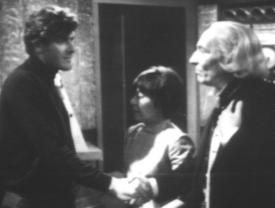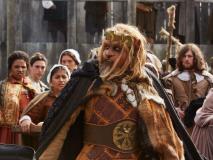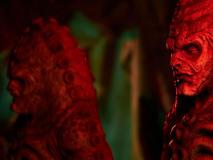Fifty Years of The Master
Fifty years ago today a new character entered the world of Doctor Who when, in Terror of the Autons, we met the Doctor's nemesis, The Master.
Created by producer Barry Letts and script editor Terrance Dicks, the character was devised as a foil to the Third Doctor as played by Jon Pertwee. Given an academic name. The Master, to counterpoint the name of The Doctor, the character was to be the Moriarty to Pertwee’s Holmes, a character very much the equal to the Doctor in terms of intelligence and background.
The character outline was sketched out in an internal BBC document sent to the writers of Season 8 of the series, a document which also introduced the characters of Jo Grant and Captain Mike Yates, played by Richard Franklin and Katy Manning.
Only one actor was considered for the role of the Master, Roger Delgado, an actor known for playing sinister villains and a personal friend of Jon Pertwee.
The Master would appear in every story of season 8, becoming just as much a fixture of the series as The Doctor and Jo, somewhat to the chagrin of Jon Pertwee.
He was used less in season nine but still appeared in two of the five stories. In season ten he was used just once and it was decided to write the character out at the end of season 11 in a big final story.
That final story never happened as on the 18th June 1973 Roger Delgado was killed in a car accident in Turkey. The death stunned the production team and helped Pertwee to his decision to leave the series at the end of the eleventh series.
The actor may have died but the character he created was so strong it would return to the series in many incarnations. A mutilated Master at the end of his regelation cycle was seen in the 1976 story The Deadly Assassin.
In 1981 new producer John Nathan Turner decided to bring back the character as a regular with a look based on the original Delgado character. Played by Anthony Ainley, The Master would appear regularly until the cancellation of the series in 1989, appearing with the fifth, sixth and seventh Doctors. It was perhaps fitting that the last story of the classic series featured the Doctor and Ace in a battle with The Master. In the story Survival.
The TV movie in 1996 saw the arrival of the eighth Doctor and The Master was there to welcome him, this time in the body of American actor Eric Roberts.
When Doctor Who returned in 2005 there was much talk about reprising characters from the original series and The Master was high upon most fans wish lists. They had to wait until the series 3 before show-runner Russell T Davies obliged, and the story Utopia saw the character reappear in no less a body as that of veteran actor Derek Jacobi. At the end of the episode John Simm took over the role and a mad hyperactive Master took on the mad hyperactive Tenth Doctor. In 2010 the character helped bring about to the demise of the Tenth Doctor.
The next showrunner Steven Moffat put his own spin on the character when he created Missy, played by Michelle Gomez, in 2014 to taunt the Twelfth Doctor as played by Peter Capaldi. Much speculation about the real identity of the character was ended at the end of Series 8 when she was revealed to be a female incarnation of The Master.
Although Gomez was the incumbent Master, John Simm hadn’t quite finished with the role as he returned at the end of series ten to take part in a memorable Master v Master battle with Missy and The Doctor
The strength of the character is such that just last year another incarnation arrived when Sacha Dhawan took on the role of The Master in the 2020 Chris Chibnall story Spyfall.
The character of The Master is the most enduring in Doctor Who apart from that of the Doctor himself. Today, 50 years on, we pay tribute to all the hugely talented actors who have made the character such an essential part of Doctor Who lore. And we pay tribute to the numerous writer and Directors who have helped create such a fascinating and enduring character.

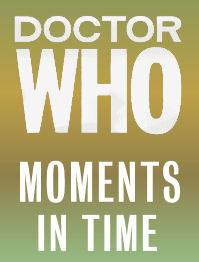

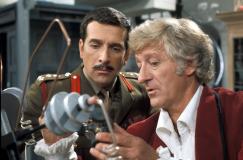

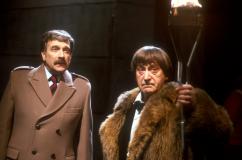
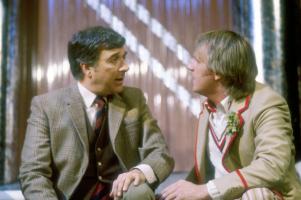


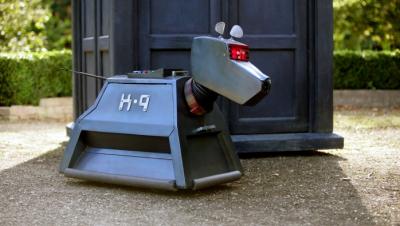


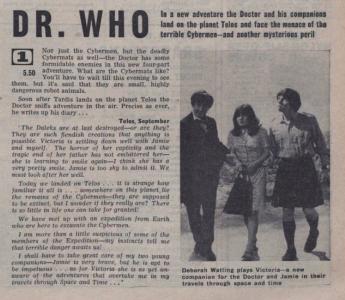



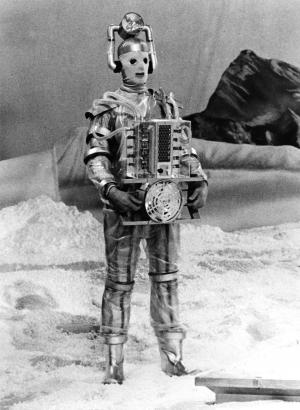
 It was fifty years ago today, on Saturday 8th October 1966, that we were introduced to one of the all-time classic monsters of Doctor Who. The Cybermen had arrived.
It was fifty years ago today, on Saturday 8th October 1966, that we were introduced to one of the all-time classic monsters of Doctor Who. The Cybermen had arrived. 
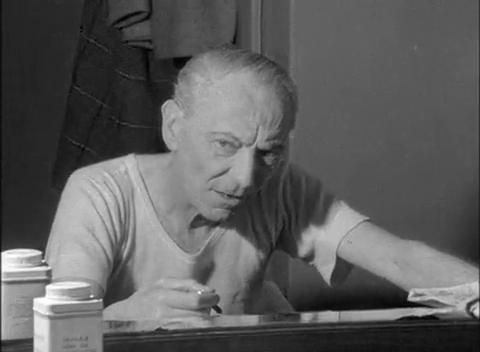 Hartnell was delighted with the casting of
Hartnell was delighted with the casting of 
